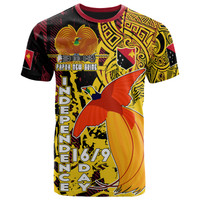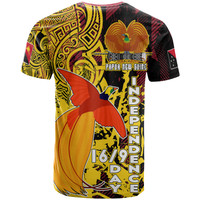8 Ways to Be a Conscious Traveler in Hawaiʻi
Posted by Maris on 8th Oct 2024
Hawaii's tropical environment and golden beaches have long drawn tourists. However, recent worries about how tourism—especially excessive tourism—is affecting Hawaii's natural ecosystem have surfaced. Perhaps even more significant is how Hawaii has evolved to welcome tourists. Culture and traditions are disregarded, and tourists miss out on what makes the Islands so stunning and singular.
However, new initiatives are underway to encourage more mindful travel to the Islands, from visitor centers like Hawaiʻi Volcanoes National Park that use Hawaiian names for locations to hotels that provide genuine cultural programming. (For example, pronounce LēŻahi rather than Diamond Head.) More resorts are hiring Native Hawaiian cultural practitioners to teach guests, while more environmental and cultural organizations are encouraging tourists to volunteer.
Additionally, there are ways for you to visit the Islands with greater awareness and thoughtfulness. These are a handful.
Discover the Hawaiian Native Culture
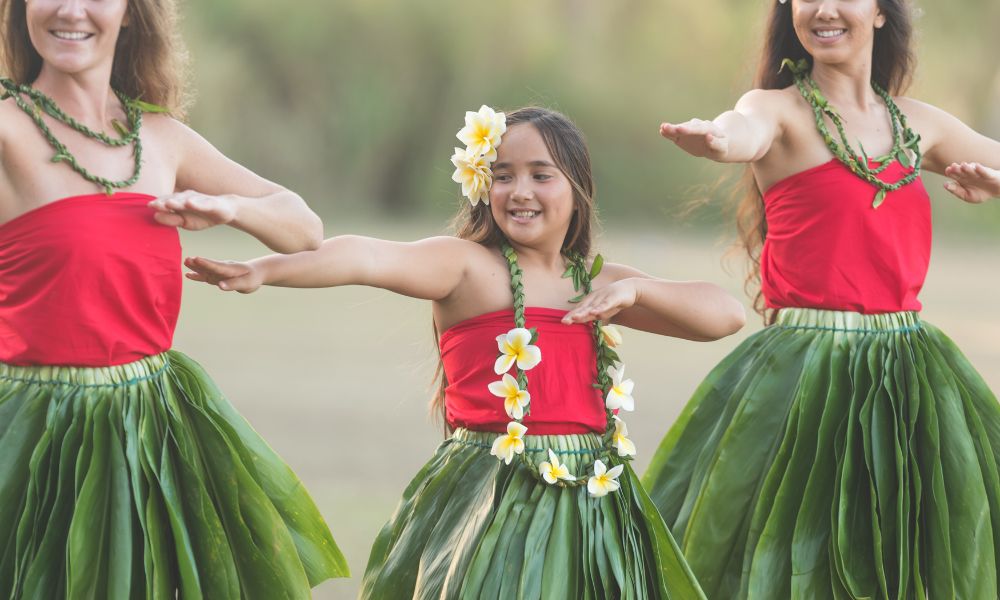
Hawaii's profound ties to Native Hawaiian culture are among the key characteristics that set the island state apart. More than 1,600 years ago, Polynesians arrived in Hawaii as expert navigators. A distinct civilization emerged after hundreds of years of seclusion from the outside world. One way to explore this culture is to learn about its traditions and rituals, such as the hula, making lei, and speaking ʻōlelo HawaiŻi (Hawaiian language). Visit historical and cultural locations, including Iolani Palace, Bishop Museum, and Waimea Valley, and ask about cultural education offerings at the hotel or resort where you are staying. Learn about the Islands' customs, values, and etiquette by spending some time there. It will enable you to fully appreciate and comprehend the area and its residents.
Respect the Lei

A lei is much more than just a gorgeous necklace you can wear. Lei have a great deal of significance and are considered sacred. Every component of the lei, which hula dancers fashion from plants and flowers they gather in their native forests, has a deity or special meaning associated with it. It is considered impolite to grab a lei from someone else; instead, you should bend your head and allow the donor to drape it over your head and onto your shoulders. And continue using it. Also, avoid throwing lei in the trash. Rather than throwing the lei away, arranging it elegantly on a table, perhaps in your hotel room, is preferable.
Use Hawaiian Place Names
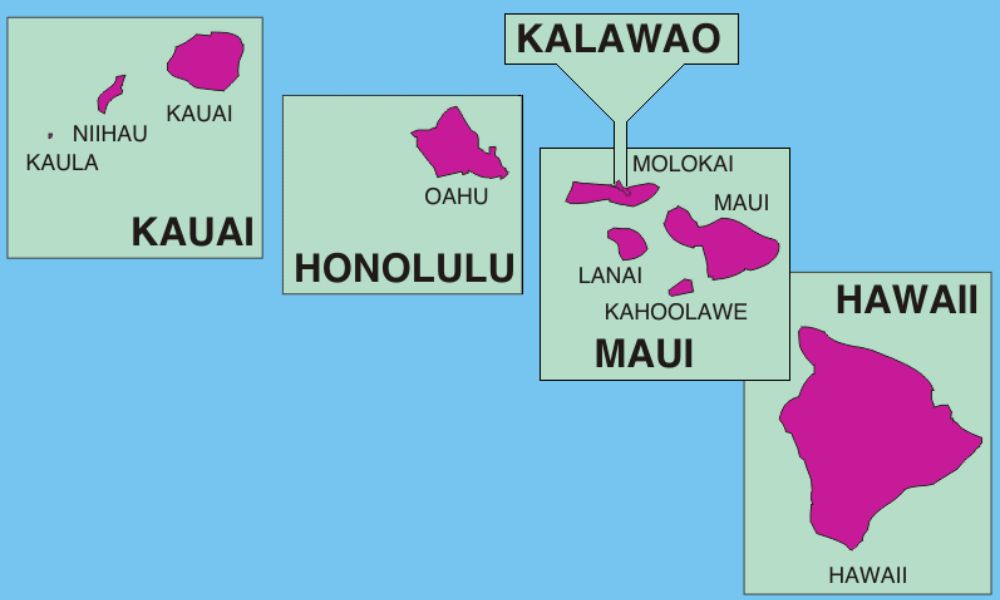
Use the Hawaiian name for a place whenever possible, rather than its English translation or colloquial name. It's a simple approach to honor the location. The Hawaiian language was once forbidden from being used or taught in public schools in 1896. (Since then, that has evolved.) Hawaii's many locations started to be referred to by their Western names. For instance, LēŻahi on OŻahu is known as Diamond Head, and Mākua Beach on Kauaʻi is more well known as Tunnels. Preserving the place's correct name also preserves its legend, as Hawaiian names frequently convey a story about that particular location.
Don’t Stack Rocks
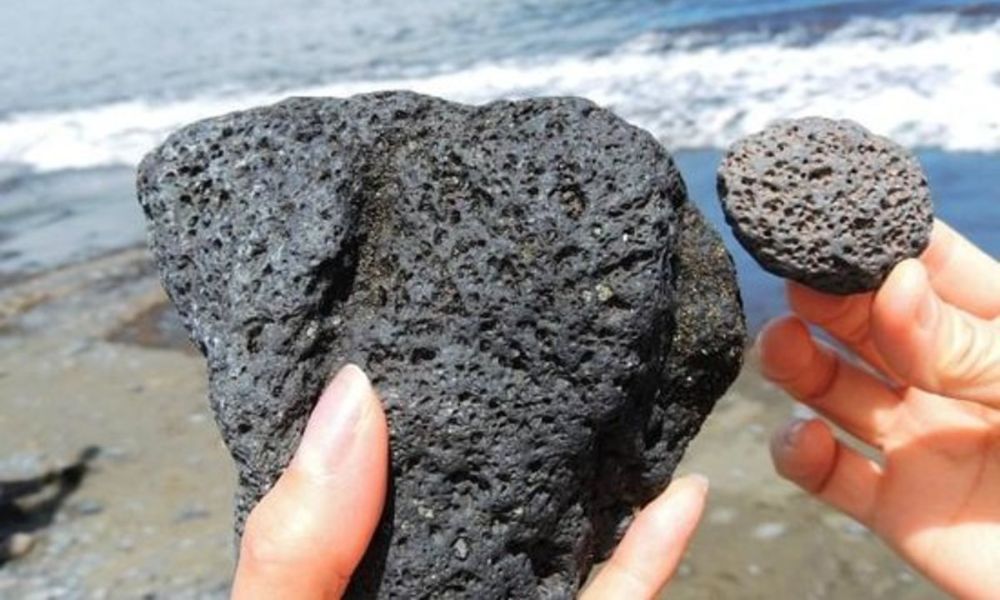
Hawaii is not a place where stone stacking is customary. Hawaiians constructed altars, or ahu, as markers or ceremonial purposes, but they wouldn't have changed the landscape carelessly. Even today, paths are marked with ahu in locations like Hawaiʻi Volcanoes National Park; shifting these pebbles or stacking others may confuse hikers and park visitors. The rocks are best left where they are.
Not Every Local Person is Hawaiian
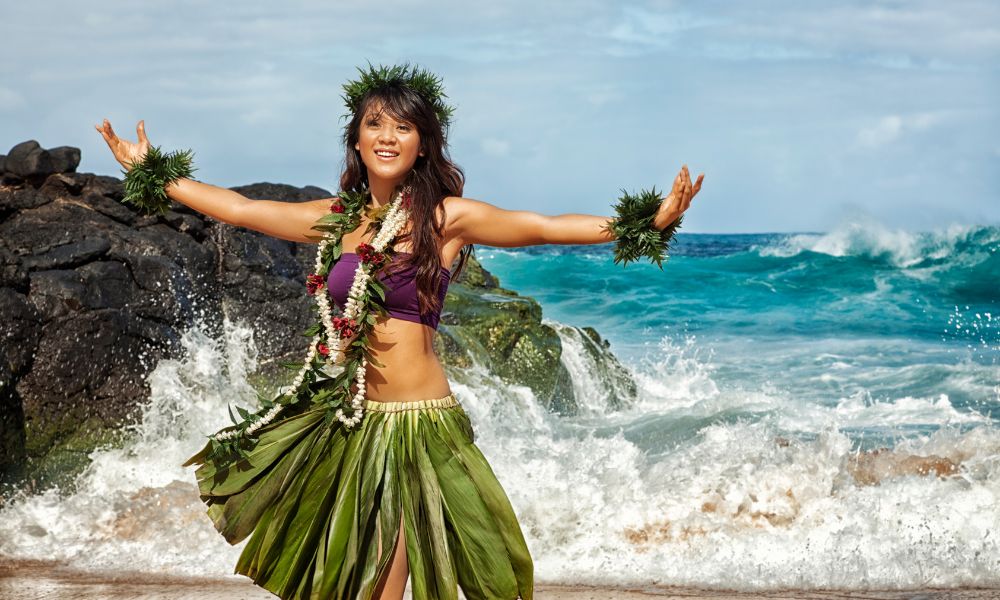
"Hawaiian" should not refer to something from Hawaii, as with Californians and Texans. However, "Hawaiian" does not refer to a native of Hawaii. A person who resides in Hawaii, regardless of ethnicity, is considered a resident. Hawaii's citizens are referred to as kamaʻāina. A Native Hawaiian, also known as Kanaka ʻŌiwi or Kanaka Maoli, is a person of Hawaiian ethnicity whose ancestors were Native Hawaiians.
Volunteer or Give Back
While on vacation in Hawaii, there are many volunteer opportunities. For example, the Waipā Foundation on Kauaʻi offers taro preparation for poi, while Sustainable Coastlines Hawaiʻi collects plastic bottles and other waste from OŻahu beaches. Some historic fishponds, such as Heʻeia Fishpond on OŻahu, even organize monthly community workdays to aid in the restoration of these significant environmental and cultural resources. Along with giving back to the community, you'll discover a great deal about the locations and cultures.
Buy and Eat Local

Supporting small businesses boosts the local economy and contributes to the prosperity of local communities. In addition, you are purchasing a piece of island-specific merchandise—even better if a native Hawaiian crafted it. Look for locally owned businesses, especially those that produce their goods in Hawaii. For instance, the three women who started Kealopiko based much of their clothing production on Molokaʻi and their designs on Hawaii's flora, fauna, language, and moŻolelo (tales). The same holds true for eateries. Eat at establishments that use products sourced from nearby ranchers, farmers, and fishers. You will enjoy fresher and tastier food while learning about the plants and animals that flourish in the Islands.
Make as Little Impact as Possible
This is sound advice no matter where you are—even in your hometown. As much as you can, try to walk, ride a bike, or use public transportation. Bring water bottles and reusable bags. Recycle. Gather up the rubbish. Show kindness. You wish to leave Hawaii a little better than when you arrived.



